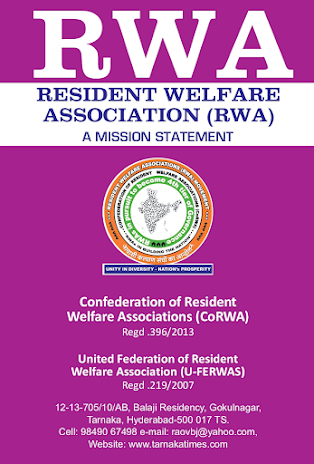Indian society is not yet updated with certain sensibilities relating to gender sensitive language, especially while dealing with the women. Some of our notions, and at many times, even of those occupying constitutional seats and responsibilities, and representing the State, fall short of the desired decency and sensitivity. There has been a gap between the benign objectives of the State and its Constitution, and the reality at the ground level. The language men employ and the notions they entertain on women are bafflingly low even within the background of our long cultural and historical heritage. The Supreme Court of India recently stepped into this arena, and issued certain guidelines on the idea of combating certain stereotypes deeply embedded in our social and individual psyche through its – “Handbook on Combating Gender Stereotypes – Supreme Court of India”. This handbook is freely available on the Internet. With a foreword from the CJI, Dr Justice D.Y.Chandrachud, this handbook aims to explain what stereotypes are, and help judges identify and avoid such stereotypes. For example: we, the citizens, including senior judicial officers, use certain words quite casually, viz., “concubine / keep”, unaware of the derogatory sense of such terms. The handbook identifies about more than forty such words and proposes alternatives.
What is “Stereotype”? A stereotype is “a set idea that people have about what someone or something is like, especially an idea that is wrong.” These are typically held against individuals by virtue of their membership in the group. On a mini-level, they lead to exclusion and discrimination in workplaces, educational institutions, and public places. In the judiciary also, with all the ingredients of modern education and training, a judge may unconsciously hold or rely on certain stereotypes: A common example is individuals from lower-income backgrounds are less trustworthy and more likely to commit crimes. But gender stereotypes are more problematic in this regard. For instance, some people believe that women who are dressed in modern way lead easy life. Other examples are: women who complain belatedly about the sexual assault on them by men are not believable; and that it is not possible for a man of decent origin to rape a sex worker or low class women.It is time that all the sensible and concerned citizens discuss this document and popularise it for the sake advancing the cause of equality and justice.
Dr A. Raghu Kumar, Advocate & Director, Center for Social Dialogue
Excerpts from the foreword
Language is critical
to the life of the law. Words are the vehicle through which the values of the law are
communicated. Words transmit the ultimate intention of the lawmaker or the judge to
the nation.
However, the language a judge uses reflects not only their interpretation of
the law, but their perception of society as well. Where the language of judicial discourse
reflects antiquated or incorrect ideas about women, it inhibits the transformative project
of the law and the Constitution of India, which seek to secure equal rights to all persons,
irrespective of gender.
The Code of Civil Procedure 1908 previously referred to persons without financial means
as ‘paupers.’ In recognition of the fact that language conveys certain ideas about its subject
and can either recognise or diminish the dignity of such persons, the statute was amended
and the word ‘pauper’ was replaced with the word ‘indigent.’ This amendment to the
statute did not have a strictly legal purpose but was meant to recognise the humanity of
the people it referred to. Similarly, many words or phrases that are used in legal discourse
(both by lawyers and by judges) reflect archaic ideas with patriarchal undertones.
The Handbook on Combating Gender Stereotypes aims to assist judges and the legal
community in identifying, understanding and combating stereotypes about women. It
contains a glossary of gender-unjust terms and suggests alternative words or phrases which
may be used while drafting pleadings as well as orders and judgments. The Handbook
identifies common stereotypes about women, many of which have been utilised by courts
in the past and demonstrates why they are inaccurate and how they may distort the
application of the law. The intention is not to criticise or cast doubt on past judgements
but merely to show how stereotypes may unwittingly be employed. Finally, it encapsulates
the current doctrine on key legal issues which may be relevant while adjudicating certain
cases, particularly those concerning sexual violence.
The Handbook will give a fresh impetus to our quest towards a gender-just legal order,
and will be a crucial document to ensure that courts can deliver equal and impartial justice
to individuals of all genders.
The above handbook is available for free download in the Internet.









0 Comments